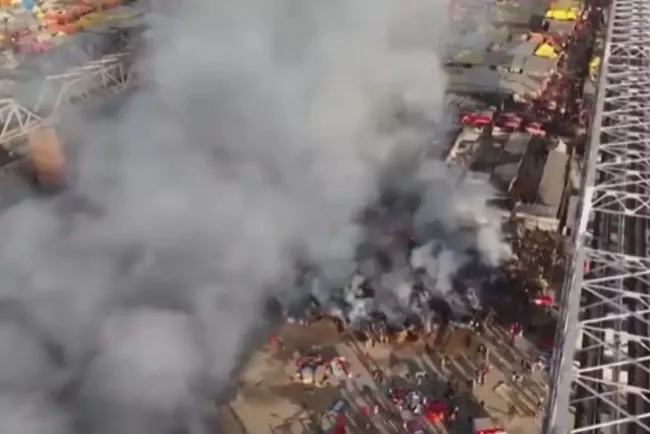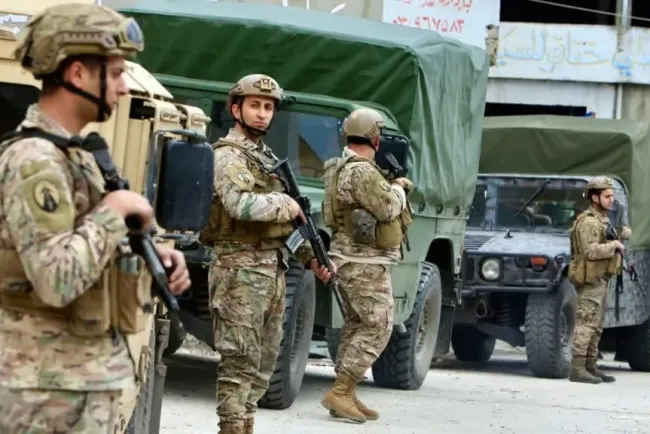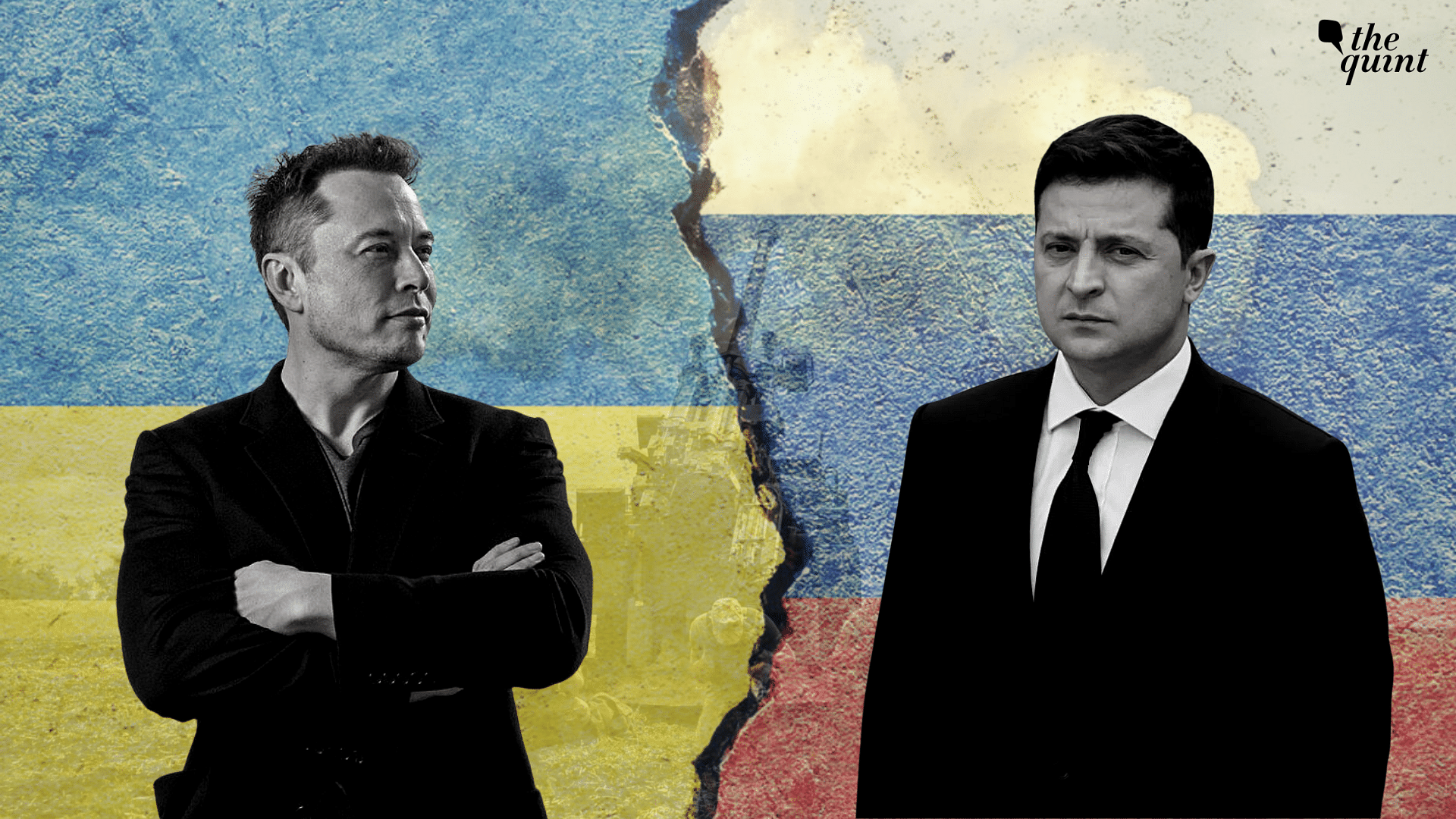US-Iran Tensions: The Looming Threat of Conflict in West Asia
As tensions in West Asia reach a critical juncture, the possibility of conflict between the US and Iran looms larger. Both countries are ramping up military preparations, raising fears of a potential escalation that could have dire consequences for the region. This article delves into the current landscape of US-Iran relations, military maneuvers, and the implications for global stability.
Escalating Military Preparations
The atmosphere in West Asia is charged with heightened military activity. Iran has declared full combat readiness, with its armed forces issuing stark warnings to adversaries. Brigadier General Aleresa Sabahard, commander of the Katam al-Anbia air defense base, emphasized Iran's enhanced air defense capabilities, bolstered by indigenous technologies that could catch enemies off guard. Recent advancements in radar technology and surveillance systems have significantly improved Iran's long-range detection and response capabilities.
Simultaneously, the US is reinforcing its military presence in the region. The deployment of advanced missile defense systems, including the THAAD and Patriot batteries, alongside stealth bombers, underscores Washington's commitment to projecting power as tensions escalate. The USS Carl Vinson and USS Harry S. Truman carrier groups are positioned in the Persian Gulf, ready to respond to any developments.
Diplomatic Strains and Warnings
Israeli Prime Minister Benjamin Netanyahu's hurried visit to Washington reflects the growing uncertainty and concern over Iran's actions. Former President Donald Trump has publicly blamed Iran for the October 7 terror attack on Israel, asserting that the previous administration had successfully contained Iran until recent developments disrupted the peace. Trump's remarks highlight the complicated narrative surrounding US-Iran relations and the broader geopolitical dynamics at play.
Meanwhile, Moscow has stepped in as a mediator, hosting a meeting with Russia, China, and Iran focused on nuclear-related discussions. Both Russia and China have cautioned the US against military action, advocating for diplomacy as a means to alleviate tensions. Supreme Leader Ayatollah Ali Khamenei has placed Iran's military on high alert and issued stern warnings to neighboring countries, including Iraq, Kuwait, UAE, Qatar, Turkey, and Bahrain, against cooperating with US forces.
The Path Ahead: Negotiation or Conflict?
Despite the escalating military posture, Iran has indicated a willingness to engage in indirect negotiations with the US concerning its nuclear program, preferring intermediaries like Oman to facilitate dialogue. However, Iran remains resolute in its rejection of direct talks, perceiving them as a concession to American pressure.
As both nations navigate this precarious landscape, the potential for conflict remains a pressing concern. The interplay of military readiness, diplomatic engagements, and regional alliances will shape the future of US-Iran relations and the stability of West Asia.
Conclusion
The situation in West Asia is precarious, with escalating tensions between the US and Iran posing significant risks for the region and beyond. As military preparations intensify and diplomatic avenues remain fraught, the international community must closely monitor developments and encourage dialogue to avert a potential conflict. The coming days and weeks will be crucial in determining whether peace can be achieved or if the region will be drawn into a broader confrontation.
What's Your Reaction?

















